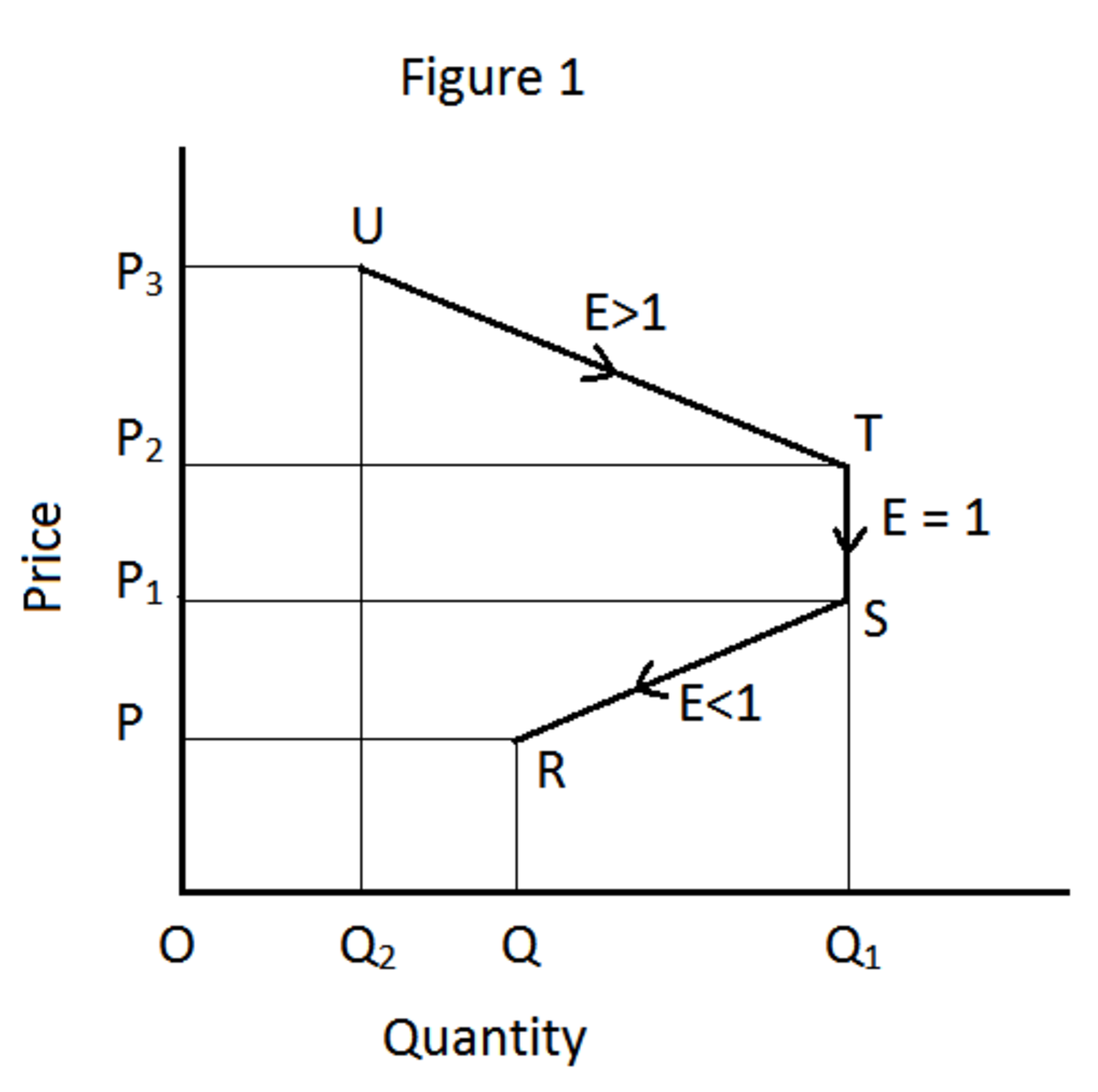Vital Statistics; A Brief Note

Introduction
We are living in a highly complicated world. even though many advanced technologies are available, we still face many problems. The basic problem of this world is inequality. Inequality exist in the world with multiple faces. People are discriminating in terms of jobs, job opportunities, education, accessing of necessary commodities etc. To resolve all the existing challenges or issues, we must study the actual problems very scientifically. Then only we can able to understand how to allocate the available resources in a way which will helps to optimize its uses. Actually modern generation is wasting too much resources. At the same time there exist the scarcity of resources. So in short, a systematic or a scientific way of studying problems will be better for resolving the issues. Vital statistics are the basic tool for those who are studying the society and its issues. Peoples like economists, policy makers, politicians etc are widely using vital statistics.

What is Vital Statistics ?
Vital statistics consist of data or information related to the vital events occurring in the society. So, in simple words, vital statistics is the study of vital events like birth, death, sex ratio, marriages etc. Population study (Census) is the most important one. in short, vital statistics is an important tool for conducting study about a particular society.
How Vital Statistics are Obtained ?
Vital statistics contains different types of data having different natures. That is some data are based on an aggregate (macro) level while some other data are based on individual (micro) level. So, the sources of getting vital statics may be from any of the following ways.
Census Method : census method is one of the common way of getting vital statistics. Now almost all the countries are very enthusiastically collecting data from its society by aiming numerous benefits. Normally most of the countries are conducting censuses during every 10 years of interval. As a part of this the census authority collects different kinds of data like sex, age, marital status, salary, number of households etc. These data will enable policy makers to prepare a better plan for the country.
Surveys: Vital statistics are also collected through conducting surveys. This method is a common method particularly when the data are collected from a wide area of population. Further this method is also choose when the study requires less accuracy in the result. In this method questionnaires are prepared and distributed to the people. The questionnaire contains questions that the enumerator want to get answers. At the same time a main limitation of this method is that, it may not provide true data, there may include biased or wrong responds.
Registration: Registration method is the most relevant method for acquiring vital statistics. When any vital events occurred in the society, these events will registered with the authority directly. This type of vital statistics provides much reliable data having better legal value.
Two important Vital Statistics
There are different types of series of data representing different vital events in the society like birth rate, death rate, migration, sex ratio etc. Among them there are two important vital statistics like following.
i) Fertility Rate (birth rate) and
ii) Mortality Rate 9death rate)
Each of these two statistics and their related concepts are briefly described below.
I – Fertility Rate (Birth Rate)
Fertility rate is the rate of birth during a period in a country. in other words it is the rate of production of children. When the fertility rate is too much higher than the death rate, the total population of the country will increase. Generally population rates are representing in thousands. Different types of fertility rates are described given below.
a) Crude Birth Rate (CBR)
Crude birth rate is the main form of measuring fertility. This is the birth rate of a country during a particular time. So, we can derive birth rate by using the following formula.
CBR = B / P *1000
Where ‘B’ is the total number of birth in a particular time of a country and ‘P’ is the total population of the country. CBR will give us the percentage at which the population increases.
b) General Fertility Rate (GFR)
General fertility rate consider the sex ratio in a population. That is GFR analyze the rate of birth by the female population of a country during a particular time and during their reproductive age. So, GFR is the number of birth by the number of women of a country. mathematically, this can be denote as given below.
GFR = B / FP * 1000
Here ‘B’ is the number of births and ‘FP’ is the number of female population in the reproductive age.
c) Specific Fertility Rate (SFR)
Specific Fertility Rate analysis the rate of birth in a country by a specific aged women population during their different reproductive age. This is because, different ages of reproductive period varies in the ability of giving births. An aged women is less able to give birth than a young women. So, this is a profound analysis of GFR. For example, SFR of aged women between 30-35. The mathematical formula for deriving SFR is showing below.
SFR = Bs / FPs * 1000
Here ‘Bs’ is the number of birth by a specific age group. FPs is the total female population in the same age group. SFR provide more detailed data of a country.
d) Total Fertility Rate (TFR)
Total Fertility Rate is the aggregate of SFR. When we add SFR of different age group, we can derive TFR. So, TFR shows the average number of babies a women will have before crossing her reproductive age.
e) Gross Reproductive Rate (GRR) and Net Reproductive Rate (NRR0
Both NRR and GRR are the production rate of population.
GRR is the rate which measures the rate of expected female birth per 1000 females with out considering their mortality. So, GRR is the basic picture of any country. if the expected female babies for each women is one, there will no increment in the population growth. If female births are expected much higher, the total population will increase.
Here the main limitation of GFR is that, it never consider the mortality rate. This is a wrong assumption, because there may happen mortality before passing reproductive age.
Net Reproductive Rate (NRR) consider the mortality rate. So, NRR will give us the figure of expected number of female birth to 1000 females by considering the existing fertility and mortality rates.
II – Mortality Rate
Studying mortality rate is also very important for any country. the death rate depends on many factors like availability of nutritious food, medicine, hospitality etc. Following are the major types of mortality rates.
a) Crude Death Rate (CDR)
Crude death rate is the rate which mean the ratio of death to the total population of a country during a specific time. CDR can be represent mathematically with the following equation.
CDR = D / P * 1000
Where ‘D’ is the total number of death and ‘p’ is the total number of population.
b) Specific Death Rate (SDR)
The main limitation of Crude Death Rate (CDR) is that, it will not be helps much. Because the rate of death may vary from ages to ages. Generally old age people are under immediate risk of death. So, to eradicate the issues of this disparity we can use Specific Death Rate. SDR can be derive by using the following formula.
SDR = Ds / Ps * 1000
Where ‘Ds’ is the number of death of a specific group and ‘Ps’ is the tiotal population of the same group.
c) Infant Mortality Rate (IMR) and Maternal Mortality Rate (MMR)
Infant Mortality Rate (IMR) refers to the number of death of newly born babies with in one year of age. On the other hand Maternity Mortality Rate (MMR) is the number of deaths due to maternity.
Conclusion
Vital statistics become an important area of study. Which having many uses in this globalized world. These basic vital statistics are more helpful to make policies and actions for the betterment of the society. Generally, in developed countries both fertility and maternity rates are less.









